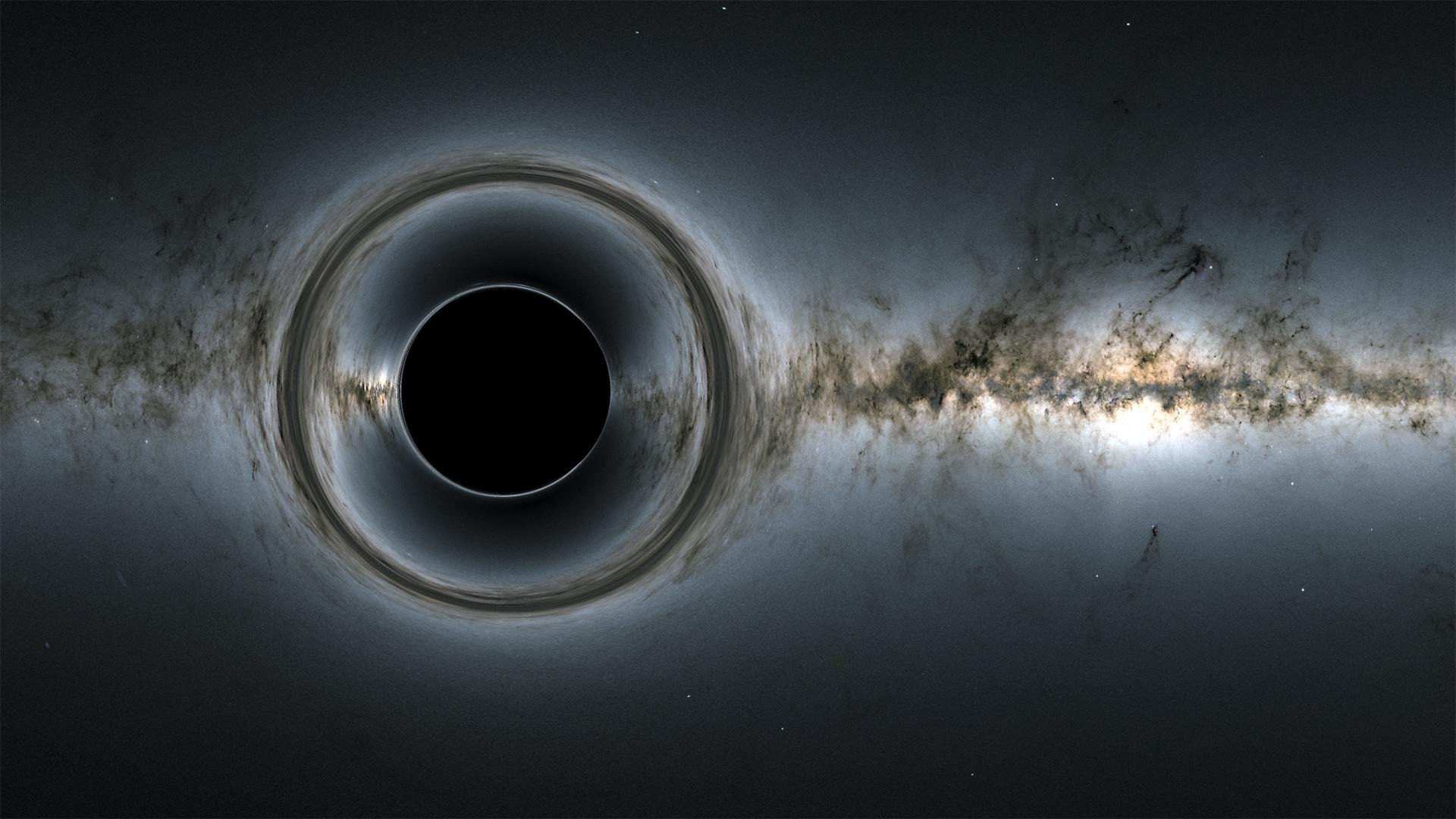every week, Technology World and #AstroMiniBR brings together five relevant and entertaining astronomical curiosities produced by collaborators. twitter profile To spread the knowledge of this science, which is the oldest!
#1: Physical chemistry in space!
?? Space Chemical Laboratory!
The Sun has already spent ~4.6 billion years converting its inner H to He and should continue to do so for the next ~5 billion years.
In low-mass stars such as the Sun, the proton-proton chain is primarily responsible for this transformation.#AstroMiniBR pic.twitter.com/fgoXcGOvCv
— Thiago Flaulhabe (@TFlaulhabe) February 13, 2023
The energy our sun produces, both in terms of heat and light, comes from a nuclear fusion process that takes place in its core. This particular type of fusion is known as the proton-proton chain, and it happens briefly as follows: Inside the Sun, the fusion process begins when only protons in the hydrogen nucleus fuse into helium atoms, transforming some of the mass involved. In the process, it turns into radiated energy that keeps the Sun warm and spreads throughout its layers towards the Solar System.
The core, however, is the only part of the Sun that produces a significant amount of heat through fusion: it contributes about 99% of all the energy produced and fuses about 500 million metric tons of hydrogen every second. In it, the temperature rises above 15 million degrees Celsius, and the pressure is 200 billion times higher than atmospheric pressure on Earth. Thus, the rest of the Sun is heated mainly by energy transferred out of the core.
#2: Moon Crash
The moon is on a collision course!
But not ours!
Mars’ largest moon, Phobos, is slowly approaching the planet and is predicted to collide with it in 40-50 million years.
Don’t panic because the Moon is much smaller than Mars and the impact wouldn’t have caused much damage.#AstroMiniBR pic.twitter.com/1cZ6Cak06A
— Camila Esperança (@astronomacamila) February 14, 2023
Phobos is the name of one of Mars’ two closest and largest natural satellites. The two moons (the other being Deimos) were discovered in 1877 and are named after the Greek gods of fear and panic, children of Mars.
Phobos is an irregularly shaped moon with an average radius of 11 km and orbits Mars at the shortest distance of a moon and planet in the Solar System: just 6,000 km from the Martian surface. This distance is so short that Phobos circles Mars in just 7 hours and 39 minutes. In fact, Phobos is approaching Mars at about 2 cm per year, and astronomers predict it will likely collide with the red planet in 30 to 50 million years.
#3: Rings on a dwarf planet
Could dwarf planets have rings?
ESA’s CHEOPS satellite helped confirm the existence of a ring system around the dwarf planet Quaoar.
Distant Quaoar is about half the size of Pluto, but it’s not the smallest ringed object in the Solar System.#AstroMiniBR
(c) ESA pic.twitter.com/36hxgrduWC— Patricia Cruz, PhD (@patyccruz2) February 12, 2023
This month, the European Space Agency reported that it has found a dense ring system in our outer solar system, a dwarf planet called Quaoar, a small object beyond the orbit of Neptune.
The ring was discovered through combinations of a series of observations that took place between 2018 and 2021 with a series of ground-based telescopes and the Cheops space telescope. That way, astronomers can watch Quaoar pass in front of a series of distant stars in an event known as an eclipse and briefly block their light as it passes.
In the process, the subtle dimming of light from distant stars before and after the main occultation revealed the presence of rocky material in orbit around Quaoar: a ring system. This discovery poses an enigma for scientists, as such a ring is expected to become a small moon over time.
#4: A black hole out of control
BLACK HOLE ESCAPE
With the Hubble telescope, astronomers have seen evidence of a black hole that will erupt after the galaxies collide, leaving a trail of light behind.
The galaxy on the left and the black hole at the end of the path on the right.#AstroMiniBR (c) van Dokkum et al. pic.twitter.com/OuddVt8jta
— Thiago S Gonçalves (@thiagosgbr) February 14, 2023
Cosmic headline: A runaway black hole has been found, leaving behind the trail of newborn stars! That was the result of research published this month, led by Yale University astrophysicist Pieter van Dokkum. The team of astronomers used data from the Hubble Space Telescope to find a trace of a supermassive black hole in motion in the gas around a distant galaxy.
Based on the analysis of light that traveled more than 7.5 billion years to reach us, the light trail provides compelling evidence that this massive object was ejected from its host galaxy about 39 million years ago and is currently traveling at 1,600 kilometers per hour through intergalactic space. second!
#5: No photos of the entire Milky Way
There are no images taken from outside the Milky Way as we are inside our galaxy!
When we represent it, it always uses artistically or another spiral galaxy similar to ours (our neighbor Andromeda in this 2nd photo!).#AstroMiniBR pic.twitter.com/HHHqoh66Um
– Ana Carolina Owner (@astroposses) February 14, 2023
If you search the internet for pictures of our galaxy, the Milky Way, you’ll find a whole host of different images: spiral galaxies, bright streaks in the night sky, stars, taken by state-of-the-art cameras and ground-based telescopes. islands with open arms… But if we live inside the Milky Way, how can we have pictures of the entire Milky Way?
The truth is, we don’t. They don’t exist. The Solar System lies about 25,000 light-years from the edge of the Milky Way, and we have never come close with our probes from such a great distance. This means that we have never left the Milky Way, and we have not sent any object from outside to photograph, and we will not do so for a very, very long time. It remains only to shape it from our own inner perspective and create the digital representations we find on the web.
Source: Tec Mundo
I’m Blaine Morgan, an experienced journalist and writer with over 8 years of experience in the tech industry. My expertise lies in writing about technology news and trends, covering everything from cutting-edge gadgets to emerging software developments. I’ve written for several leading publications including Gadget Onus where I am an author.











